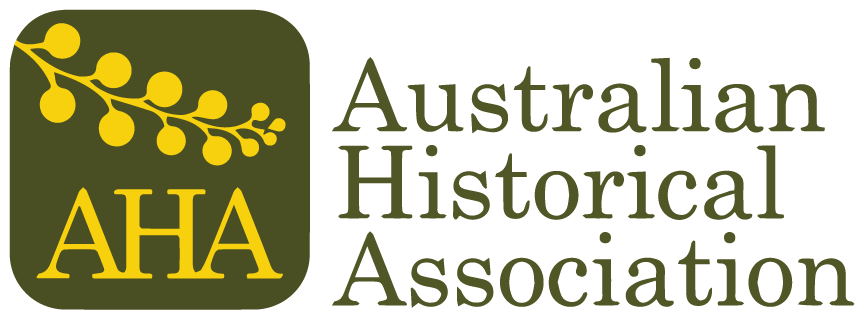The recently published survey of History disciplines in Australia and New Zealand by Associate Professors Martin Crotty and Paul Sendziuk was undertaken at the request of, and in consultation with, the Australian Historical Association Executive and the Heads of History. The study was a very large undertaking that involved collecting, processing and interpreting information provided by 45 university History departments/groupings. We are extremely grateful for the close reading and feedback members have given this.
The report examines a wide range of questions, including the employment of full-time equivalent academic History staff, their location by country and sector (Go8 and non-Go8), their appointment type (continuing, fixed-term appointments of more than 1 year, fellowships, and honorary), their seniority, and their gender composition. It also looks at what is taught by History department/groupings, and where the most student interest appears to lie. The amount of data that was generated by the survey, and which required interpretation, was enormous. In terms of analysing the curriculum data alone, for example, over 1200 individual subjects needed to be classified into 46 different fields of History and contextualised according to their level, sector and country of offering. Overlaying this analysis was data concerning levels of student enrolment in each field, level, sector and country.
In terms of the range of topics considered, the survey was more ambitious than any previously undertaken by the profession. The report contains much valuable information for understanding the state of the discipline as it currently stands, and for monitoring future developments. It should prove of considerable benefit for those lobbying on behalf of the discipline and for Heads undertaking planning.
There are, of course, additional questions that might have been considered. For example, the survey did not count the number of academic historians working outside History departments/groupings in the university. These historians make important contributions to the discipline, and are certainly considered by the AHA and the researchers to be part of it. However, we felt that Heads of History, who were responsible for providing the data for their university, were not in a position to judge their number accurately. Their inclusion would also distort the calculation of staff/student ratios in History departments/groupings, which is something that Heads of History specifically wanted to know.
The survey did attempt to collect data concerning the number of casual staff employed in History departments/groupings. However, not all of the Heads were able to provide this information and, in the end, a head count of casual staff proved to be less illuminating that was originally hoped. The number of casual staff is not equivalent to the amount of casual labour employed because of the varying terms of each contract (some casual staff might perform 2 hours of work per week while another performs 10), nor does it necessarily accurately reflect the casualisation of teaching because casual staff are often employed for non-teaching roles such as research assistance.
Any study into the casualisation of the discipline’s teaching would require a more finely grained analysis of individual History groupings than was feasible for this survey. To be comprehensive it would require 45 Heads to retrospectively extract and provide detailed information regarding teaching allocations and funding sources, which would then have to be collated and analysed. This was simply not feasible in a study based on self-reported and relatively high-level information, and which sought to include responses from all History groupings.
The AHA is alive to the problem of the casualisation of teaching, and sympathetic to the plight of early career researchers and others who are unable to secure stable employment. The exclusion of discussion about casual staff in the report should not be taken to mean that their work is not recognised or tremendously appreciated. The casualisation of teaching and warrants its own study, and indeed much work in this regard is already being undertaken at a sector-wide level.
The current survey is the most detailed survey ever undertaken into Australian and New Zealand History staffing and teaching. It provides us with much useful information. Gaps, however, clearly remain. The AHA welcomes further analysis of History staffing and teaching, of patterns of employment, of gender issues, of pedagogy, and of student interest. There remains, of course, plenty of room for further studies and analysis.
